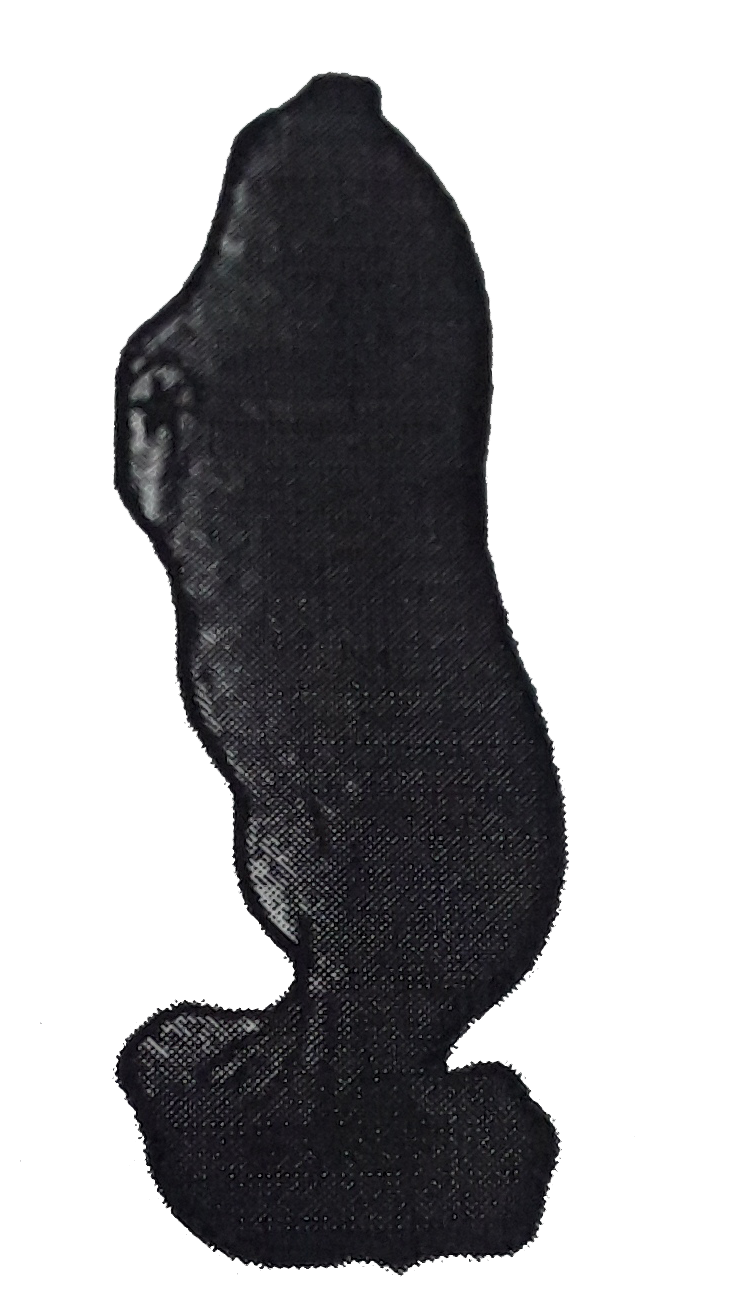Invertebrate and vertebrate (example)
Step-by-Step Solution:
1. Understanding the Animal Kingdom: The Animal Kingdom, known as Kingdom Animalia, is divided into two main groups: invertebrates and vertebrates.
2. Defining Invertebrates: Invertebrates are animals that do not have a vertebral column (backbone). They are also referred to as non-chordates. This means they lack the structural support that a backbone provides.
3. Defining Vertebrates: Vertebrates are animals that possess a vertebral column, which is derived from a structure called the notochord. In humans and other vertebrates, the vertebral column is made up of individual bones called vertebrae, which protect the spinal cord.
4. Examples of Vertebrates: Vertebrates include:
- Mammals: Examples include humans, dogs, and whales.
- Reptiles: Examples include snakes, lizards, and turtles.
- Fishes: Examples include salmon, goldfish, and sharks.
- Birds: Examples include eagles, sparrows, and penguins.
- Amphibians: Examples include frogs, toads, and salamanders.
5. Examples of Invertebrates: Invertebrates include:
- Arthropods: Examples include insects (like ants and butterflies), arachnids (like spiders), and crustaceans (like crabs).
- Mollusks: Examples include snails, clams, and octopuses.
- Worms: Examples include earthworms and flatworms.
- Sponges: Simple aquatic animals that lack true tissues.
Summary:
- Invertebrates: Animals without a backbone (e.g., arthropods, mollusks, worms, sponges).
- Vertebrates: Animals with a backbone (e.g., mammals, reptiles, fishes, birds, amphibians).
---
- Mammals: Examples include humans, dogs, and whales.
- Reptiles: Examples include snakes, lizards, and turtles.
- Fishes: Examples include salmon, goldfish, and sharks.
- Birds: Examples include eagles, sparrows, and penguins.
- Amphibians: Examples include frogs, toads, and salamanders.
- Arthropods: Examples include insects (like ants and butterflies), arachnids (like spiders), and crustaceans (like crabs).
- Mollusks: Examples include snails, clams, and octopuses.
- Worms: Examples include earthworms and flatworms.
- Sponges: Simple aquatic animals that lack true tissues.
- Invertebrates: Animals without a backbone (e.g., arthropods, mollusks, worms, sponges).
- Vertebrates: Animals with a backbone (e.g., mammals, reptiles, fishes, birds, amphibians).
Topper's Solved these Questions
- BOOK - ICSECHAPTER - KINGDOM CLASSIFICATION IIEXERCISE - EXERCISES (SECTION II (SHORT ANSWER QUESTIONS))5videos
KINGDOM CLASSIFICATION II
- BOOK - ICSECHAPTER - KINGDOM CLASSIFICATION IIEXERCISE - EXERCISES (SECTION II (LONG ANSWER QUESTIONS))5videos
KINGDOM CLASSIFICATION II
- BOOK - ICSECHAPTER - KINGDOM CLASSIFICATION IIEXERCISE - EXERCISES (SECTION II (STATE THE MAIN FUNCTIONS OF THE FOLLOWING))5videos
KINGDOM CLASSIFICATION II
- BOOK - ICSECHAPTER - KINGDOM CLASSIFICATION IEXERCISE - EXERCISES (SECTION II (LONG ANSWER QUESTIONS))8videos
KINGDOM CLASSIFICATION I
- BOOK - ICSECHAPTER - MODEL TEST PAPER IEXERCISE - SECTION II (GIVE THE BIOLOGICAL TERM FOR THE FOLLOWING)9videos
MODEL TEST PAPER I
Similar Questions
Whittaker classified organisms into five kingdoms. Of these the last kingdom is divided into two groups, invertebrates and vertebrates. Answer the following questions about this group:
Animals of which phylum give birth to young ones? Mention two more characteristic features of this phylum.View SolutionWhittaker classified organisms into five kingdoms. Of these the last kingdom is divided into two groups, invertebrates and vertebrates. Answer the following questions about this group:
Which phylum comprises animals that may exist in either of two forms: one that is attached to the ocean floor and the other that is free-floating? Mention one more characteristic feature of this phylum.View SolutionWhittaker classified organisms into five kingdoms. Of these the last kingdom is divided into two groups, invertebrates and vertebrates. Answer the following questions about this group:
Animals of which phylum have a soft unsegmented body that can be divided into three parts? Name the three parts of their body.View SolutionHeartbeat in vertebrates is
View SolutionFirst vertebrates are
View SolutionSelect the correct options for given animals
(i) Diploblastic/Triploblastic
(ii) Acoelomate/Pseudocoelomate/Eucoelomate
(iii) Chordate/Non chordatae
(iv) Vertebrate/Invertebrate
(v) Urochordate/Cephalochordate
 View Solution
View SolutionStatement - I : The largely tropical Amazonian rain forest in North America has the greatest biodiversity on Earth. Statement - II : Amazon forest is home to more vertebrates than invertebrates.
View SolutionEndoskeleton of bony vertebrates, jawless vertebrates is formed by
View SolutionName the major invertebrate phyla and give their important characters.
View SolutionWhat are the functions of the vertebral and intervertebral foramina?
View Solution

